What Do We Know About the Real ‘Braveheart’ William Wallace?
William Wallace, a figure shrouded in mystery and legend, emerged in the late 13th century as a pivotal leader in the First War of Scottish Independence.
Born into a family of lesser nobility in 1270, the details of his lineage remain unclear, with various sources offering conflicting information about his parents and place of birth. His father, named Alan Wallace in a letter dated 1297, is one of the few connections to his familial roots.
The Early Life of a Future Hero
Ancient Origins reveals that Wallace’s early life is largely undocumented, with historical records providing minimal information about his upbringing and family. It is suggested that he may have been born at Ellerslie, near Kilmarnock, Ayrshire, in Scotland, into a family with noble connections.
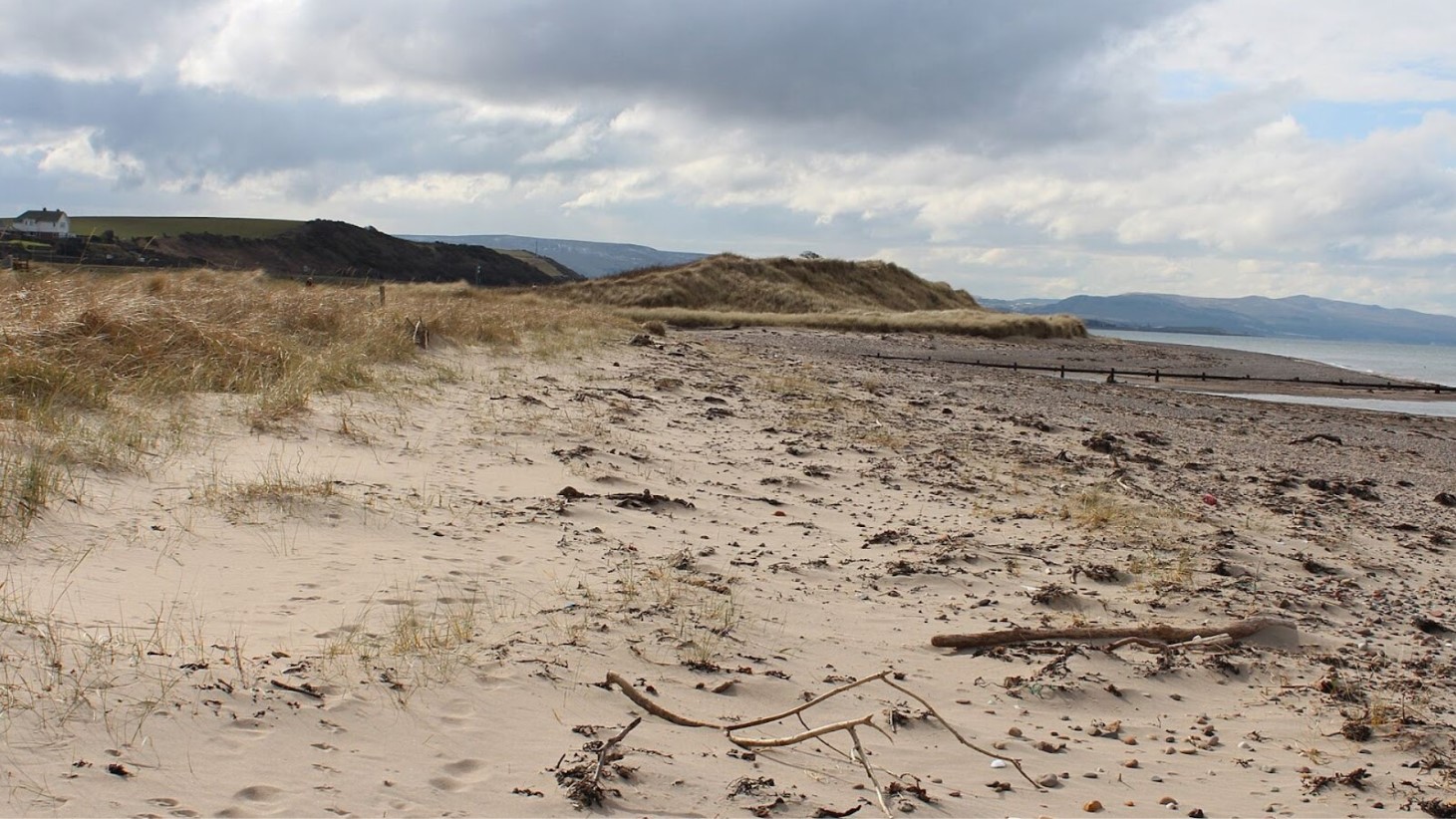
Source: Wikimedia Commons
Some historians speculate that his father was a knight and a vassal of James Stewart, 5th High Steward of Scotland, indicating a noble upbringing. However, the exact details of his family and early years remain a subject of debate among scholars.
The Unlikely Rise of a National Hero
Despite the obscure details of his early life, William Wallace would rise to become a symbol of Scottish independence.
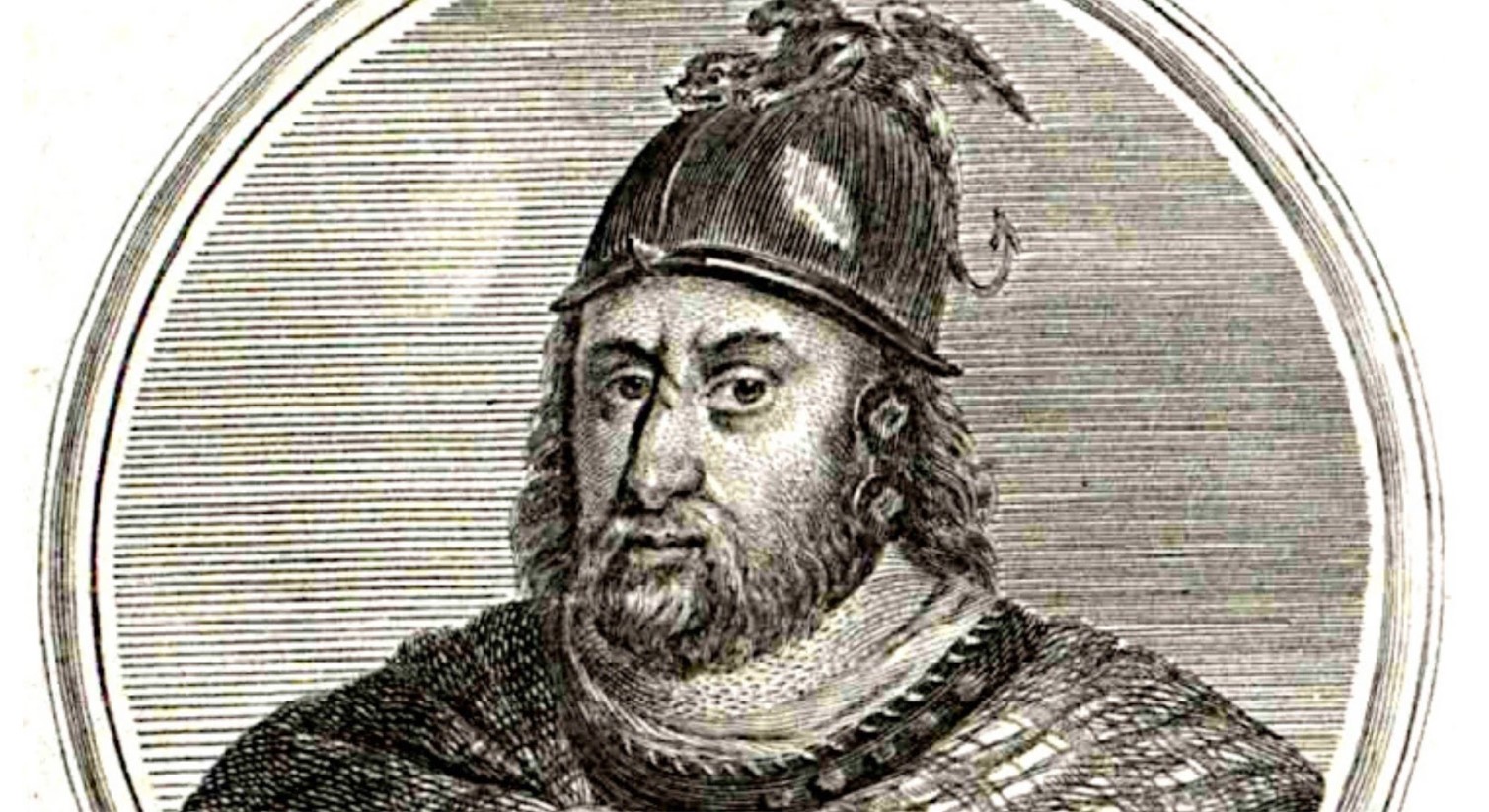
Source: Wikimedia Commons
Wallace’s ability to rally the Scots and lead them in battle against a powerful adversary speaks to his charisma and strategic prowess. Ancient Origins explains that his iconic status as “Braveheart” is a testament to his impact on Scottish history, yet the true story of his rise from lesser nobility to national hero is complex and nuanced, woven through with threads of legend and historical fact.
A Questionable Pedigree
Historical records offer little concrete evidence about Wallace’s family, leading to much speculation. According to a seal on a letter from 1297, his father was Alan Wallace, a figure about whom little is known.
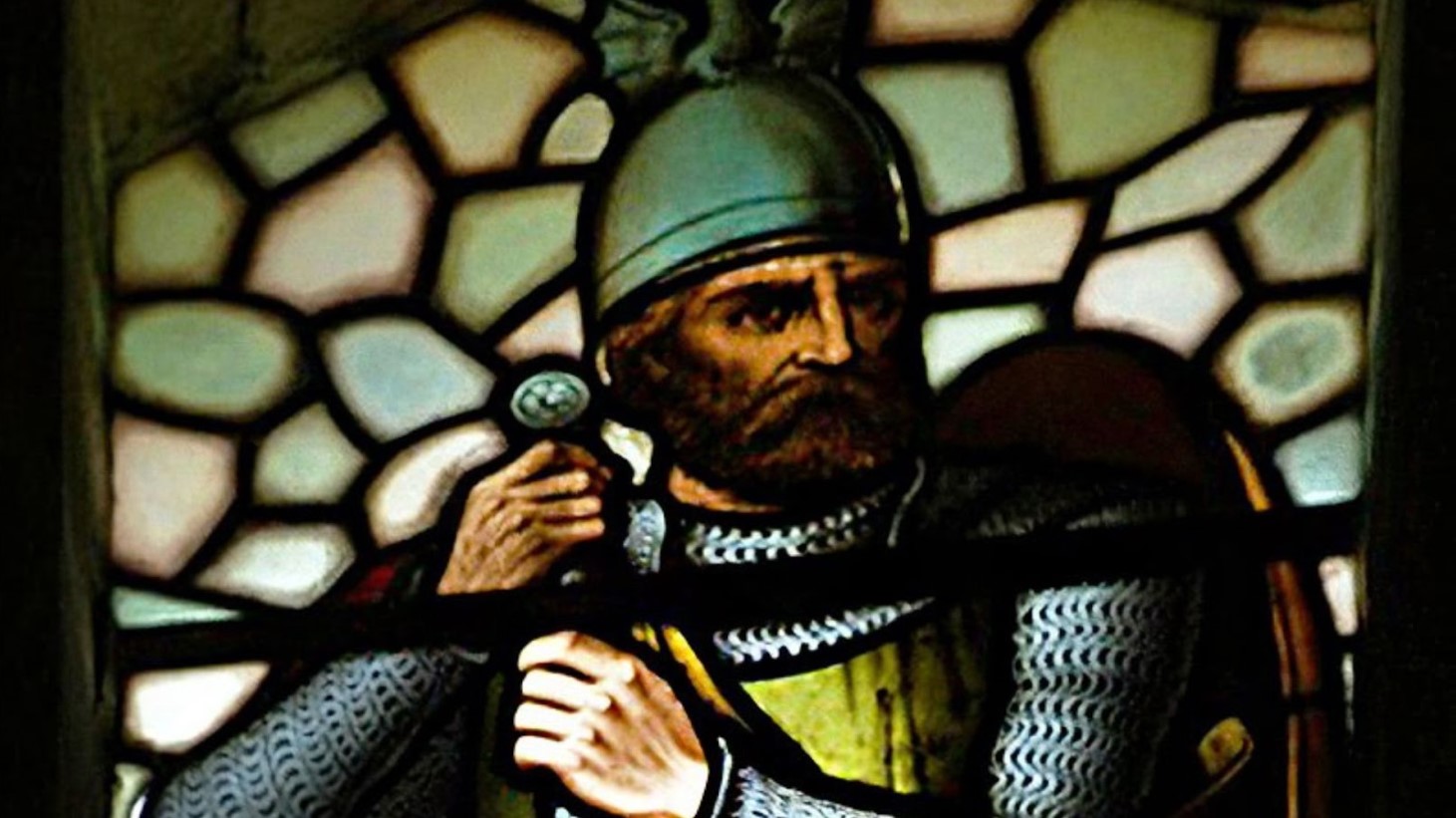
Source: Wikimedia Commons
This lack of information about his family background contributes to the mystique surrounding Wallace. The ambiguity of his origins, whether as a commoner or a noble, highlights the challenges historians face in separating the man from the myth.
Wallace's Entry into Rebellion
According to the National Wallace Monument, Wallace’s entry into the annals of Scottish history began with his defiance against English rule. In 1297, he led a successful raid against Lanark, killing the English sheriff William Heselrig. This act of rebellion was a turning point, marking Wallace’s emergence as a leader in the struggle for Scottish independence.
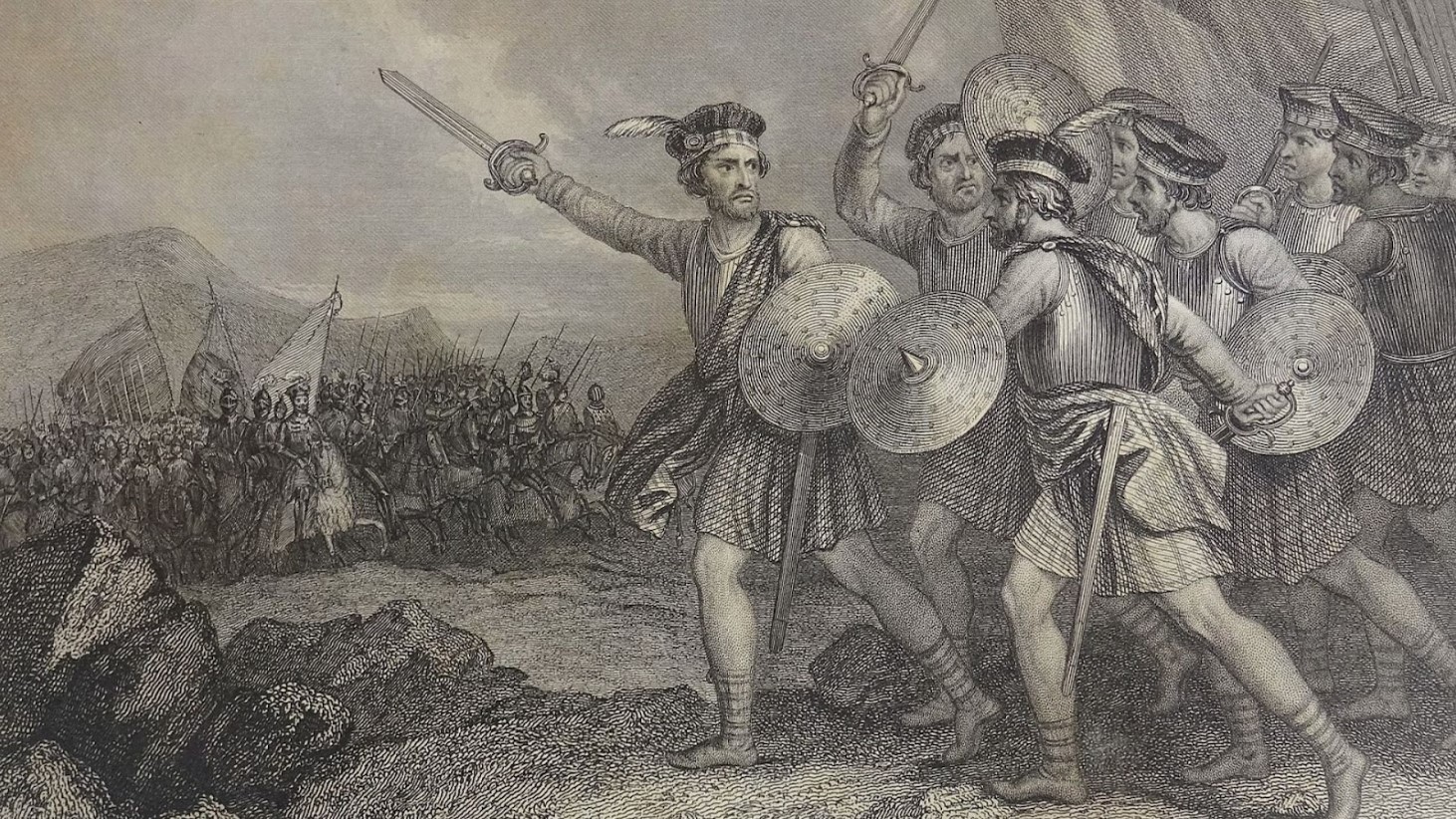
Source: Wikimedia Commons
His leadership in guerrilla warfare and subsequent raids across Scotland demonstrated his commitment to the cause and his skill as a military strategist.
The Battle of Stirling Bridge
The Battle of Stirling Bridge in September 1297 was a significant victory for Wallace and the Scottish forces. By employing superior tactics and taking advantage of the terrain, Wallace was able to defeat a much larger English army, Highland Titles reveals.
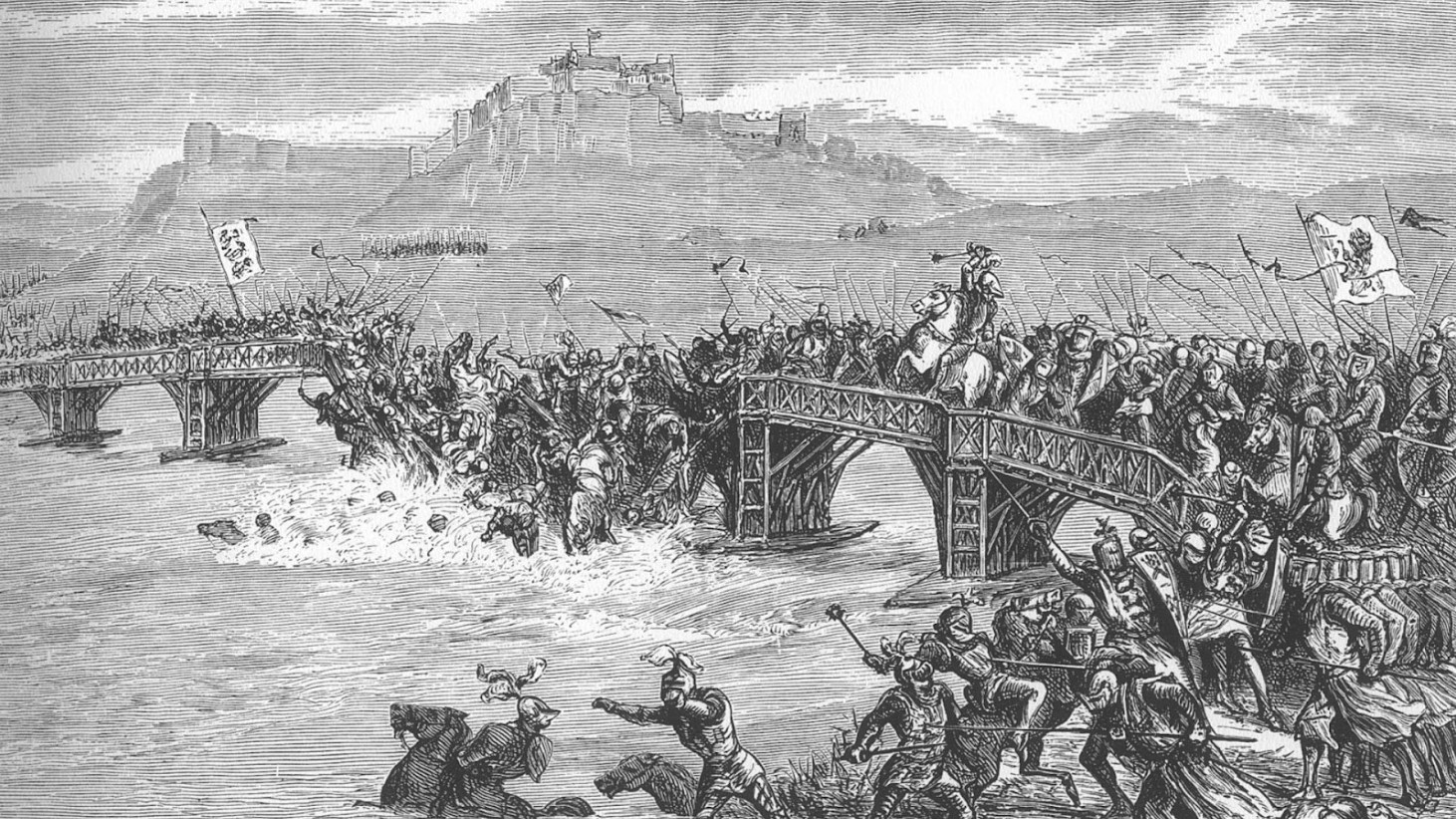
Source: Wikimedia Commons
This victory not only boosted Scottish morale but also established Wallace as a formidable military leader.
Stirling Victory
According to Britannica, The English were forced to narrowly file on the bridge to successfully cross it.
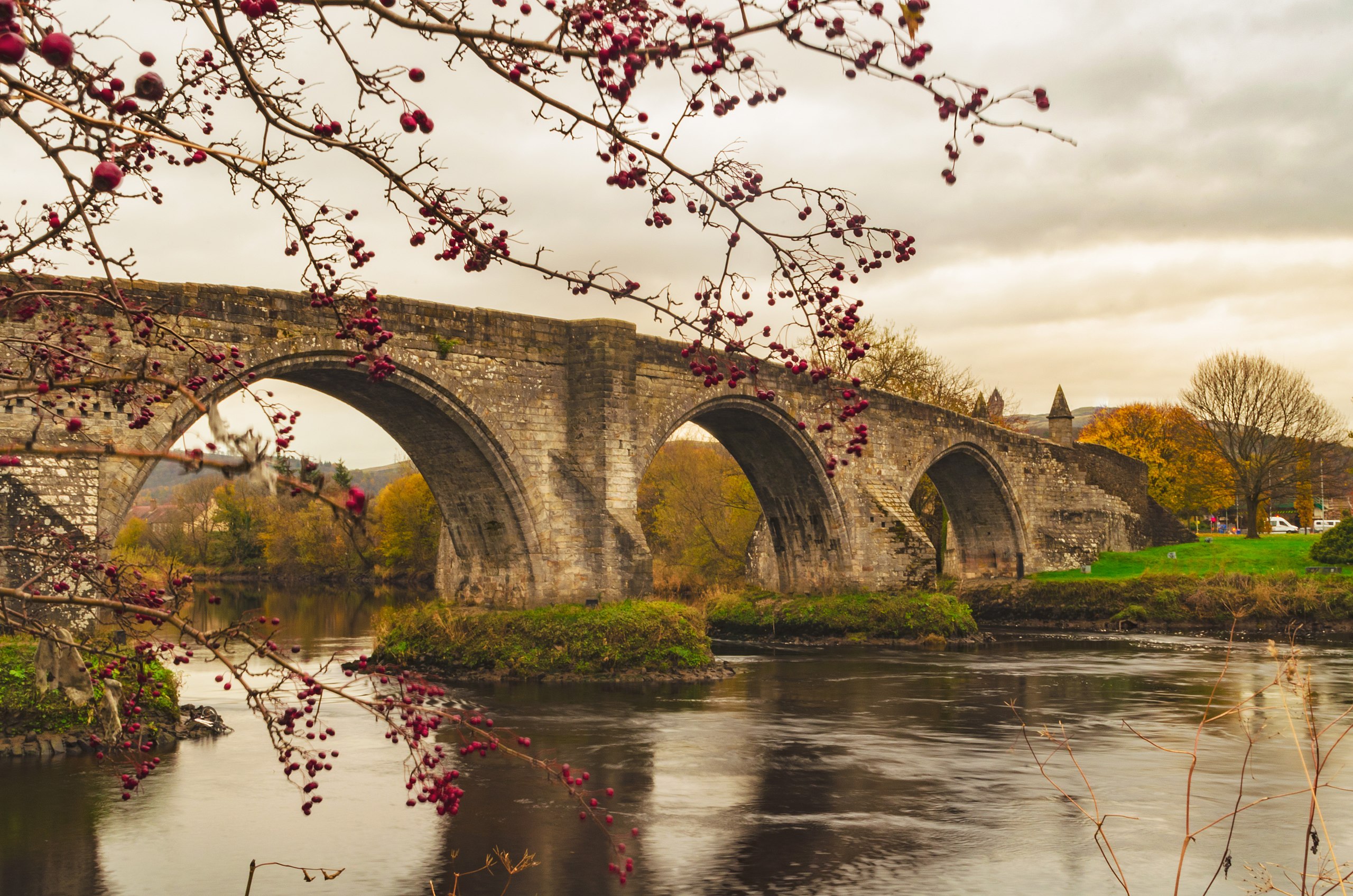
Source: Annboeva.Wikimedia
Wallace waited until half the English troops had crossed before unleashing a devastating attack. The English commander, the Earl of Surrey was forced to make a hasty retreat, abandoning many of his men to be killed or drowned in the river.
Resuming Trade
Thanks to Wallace’s victory at Stirling, he was able to almost completely free Scotland of English occupation for the time being.

Source: Wikimedia
Wallace collaborated on a letter sent to the Hanseatic towns of Hamburg and Lübeck confirming that the country had now recovered from the war with the English and that they could now resume trade relations. Britannica says the letter was written on October 11, 1297.
Wallace's Rampage Continues
William Wallace’s loyal forces’ fury was not quenched by the victory at Stirling Bridge. These forces would go on to attack the now-weakened areas that were under English protection.

Source: Jonathan Kemper/Unsplash
According to Britannica, Wallace attacks Northumberland and Cumberland. He also burned Alnwick and used his force to siege Carlise. Wallace reportedly spared the monks of Hexham, a town in Northumberland.
Wallace Knighted
When Wallace returned to Scotland after this string of victories in December 1297 he was reportedly knighted, according to Britannica.

Source: Public Domain/Wikimedia Commons
Although it was reported that he was knighted, it is not known who exactly bestowed the honor on him. Although who knighted him is unknown he had gained the favor of important supporters like Robert Wishart, Bishop of Glasgow, and Robert the Bruce.
Tricky Noble Support
Although Wallace’s victory had won him fame and approval of the residents of Scotland, many of the nobles were lukewarm to the rising star. Many of the nobles in Scotland still had connections to England in the form of English estates.
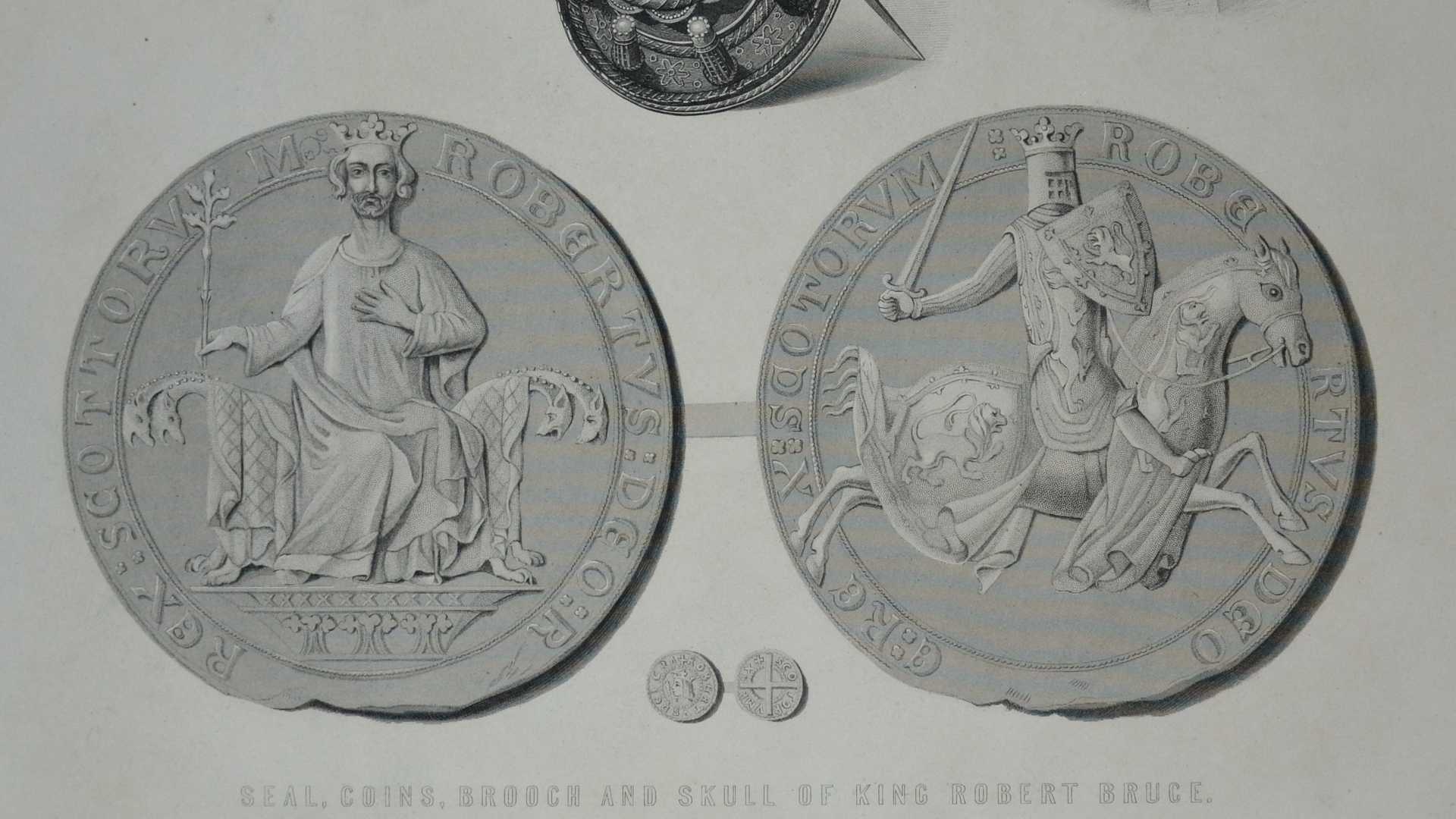
Source: Wikimedia
Some according to Britannica, also had family or friends hostage in the hands of the English, meaning some of their loyalties were divided. The nobles would tolerate Wallace as a leader, but only as long as would keep winning battles.
Who Was Robert the Bruce?
Robert the Bruce was a critical ally to Wallace during the war for independence, eventually going on to become Scotland’s king in 1306 according to Smithsonian Magazine.
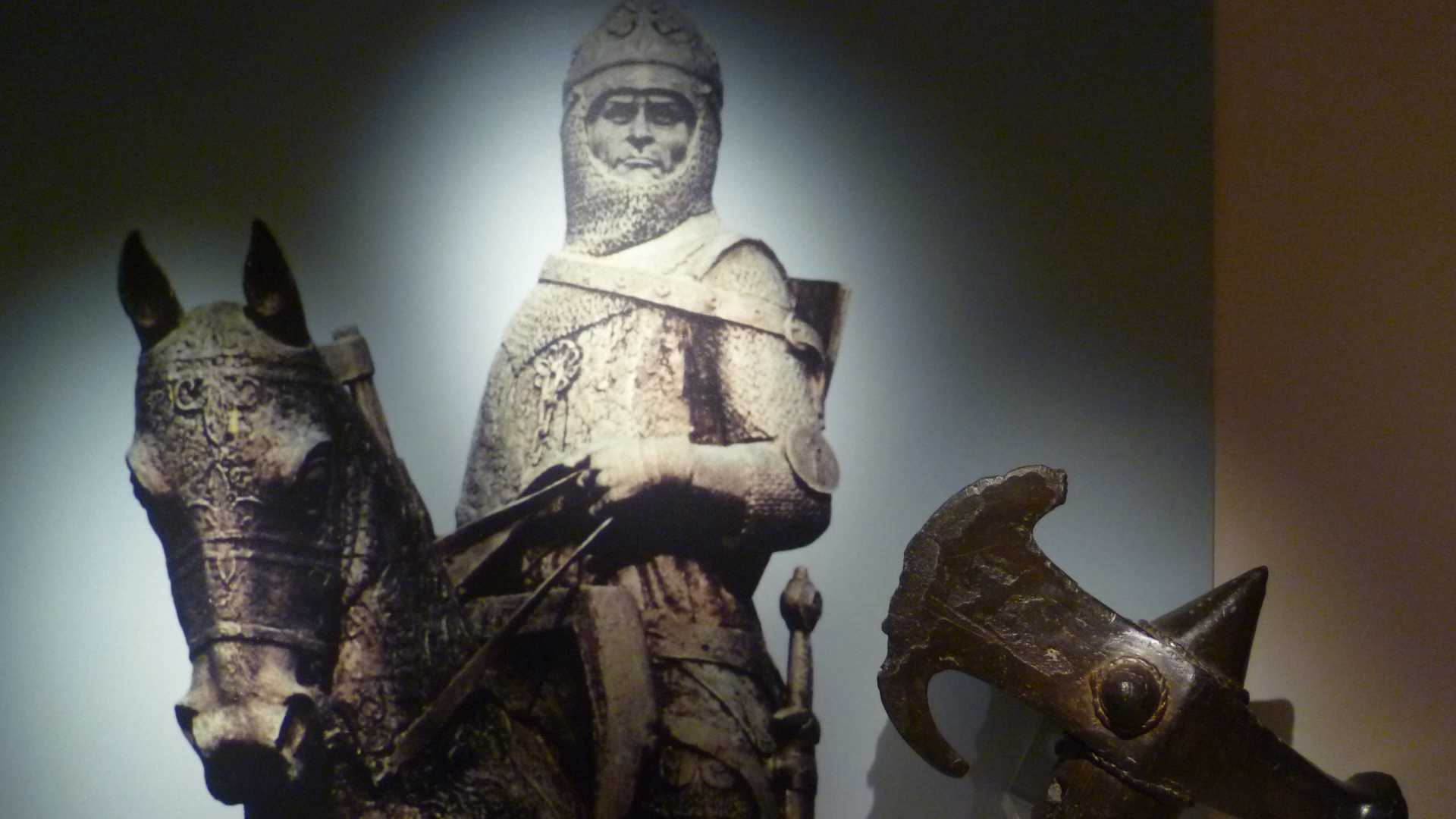
Source: Kim Traynor/Wikimedia
Bruce was eventually excommunicated by the Pope for the murder of political rival John Comyn, only for him to later return to seize the throne.
Guardian of Scotland
Following the victory at Stirling Bridge, Wallace’s stature as a leader was solidified. He was appointed as a Guardian of Scotland, a role that recognized his contributions to the Scottish independence movement.

Source: Wikimedia Commons
In this capacity, Wallace continued to lead military campaigns against English forces, further cementing his legacy as a champion of Scottish freedom. His leadership during this period was crucial in maintaining the momentum of the independence movement.
The Battle of Falkirk: A Turning Point
The Battle of Falkirk in 1298 marked a significant setback for Wallace and the Scottish forces. Despite his best efforts, Wallace’s army was defeated by the English, led by King Edward I.
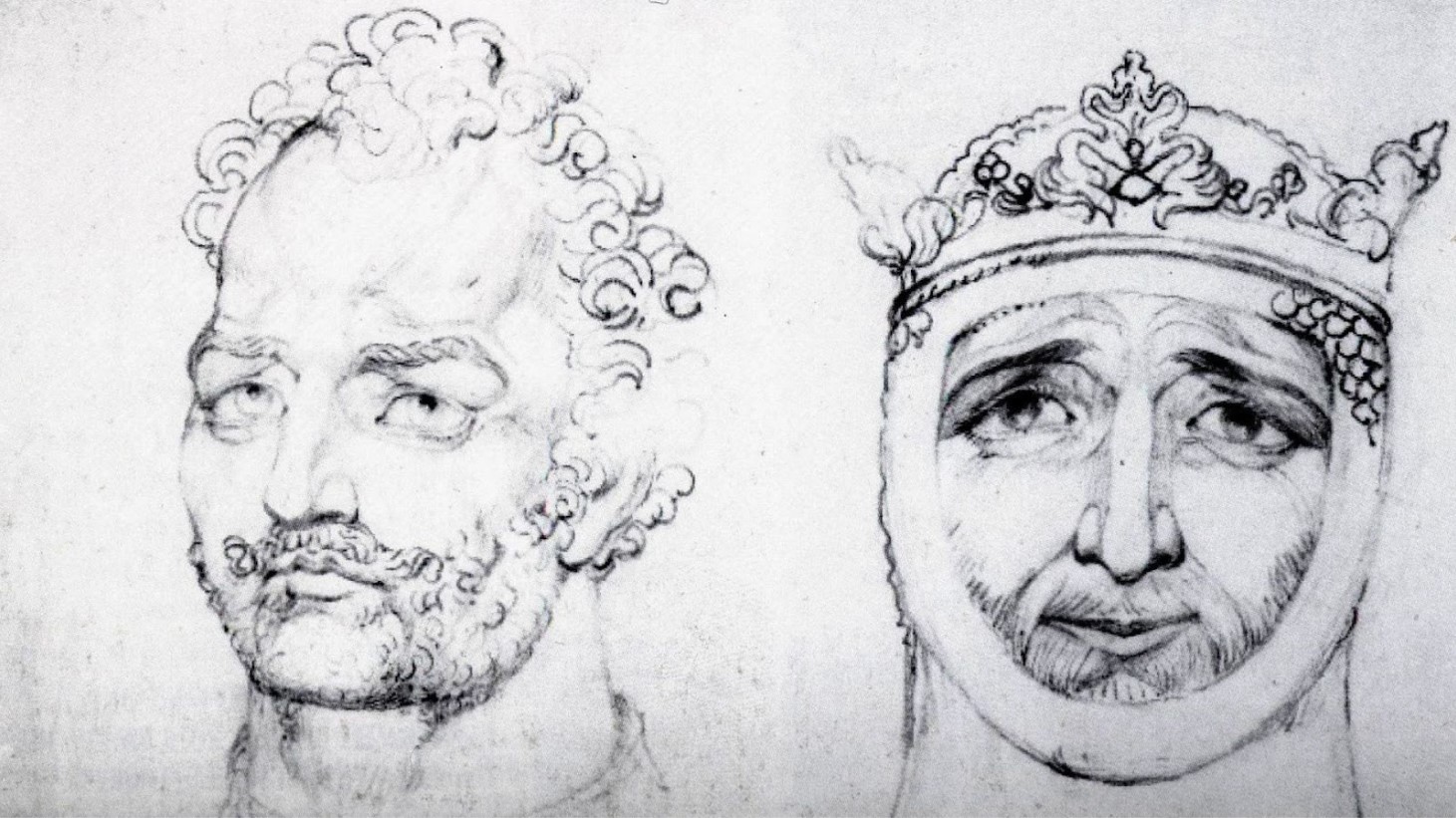
Source: Wikimedia Commons
This defeat was a blow to Wallace’s campaign and led to his resignation as Guardian of Scotland.
Wallace After Falkirk
After the defeat at Falkirk, Wallace’s role in the Scottish independence movement became less clear. While he no longer held the title of Guardian, he continued to be involved in the fight against English rule.
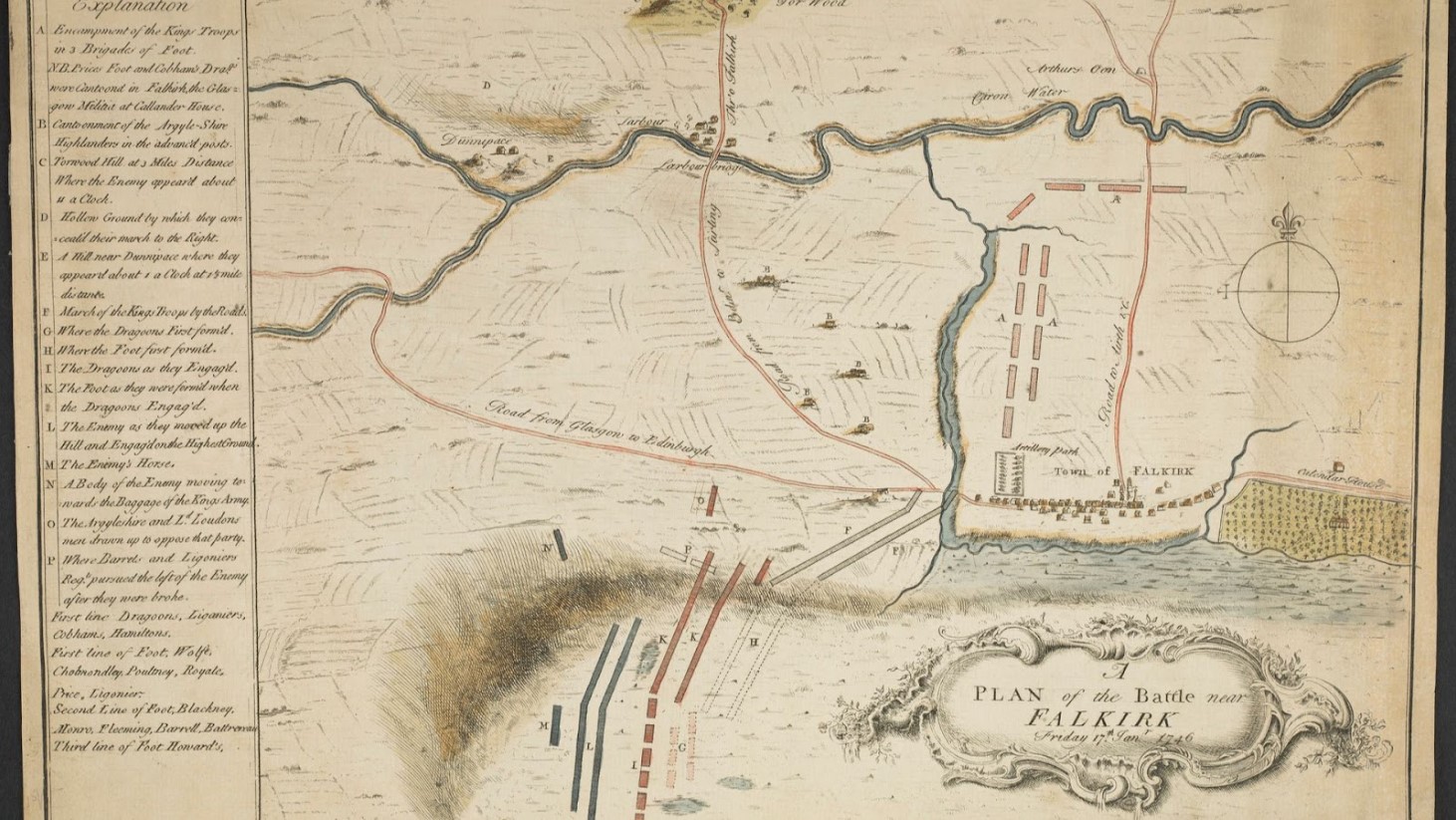
Source: Wikimedia Commons
Ancient Origins points out that historical records during this period are sparse, leaving much of Wallace’s activities to speculation. Despite this, his commitment to the cause of Scottish independence remained undiminished, and he continued to be a symbol of resistance against English domination.
The Capture and Trial of William Wallace
The Scotsman reports that in 1305, Wallace was captured and handed over to the English. His trial in London was a highly charged affair, where he was charged with treason and atrocities against civilians.
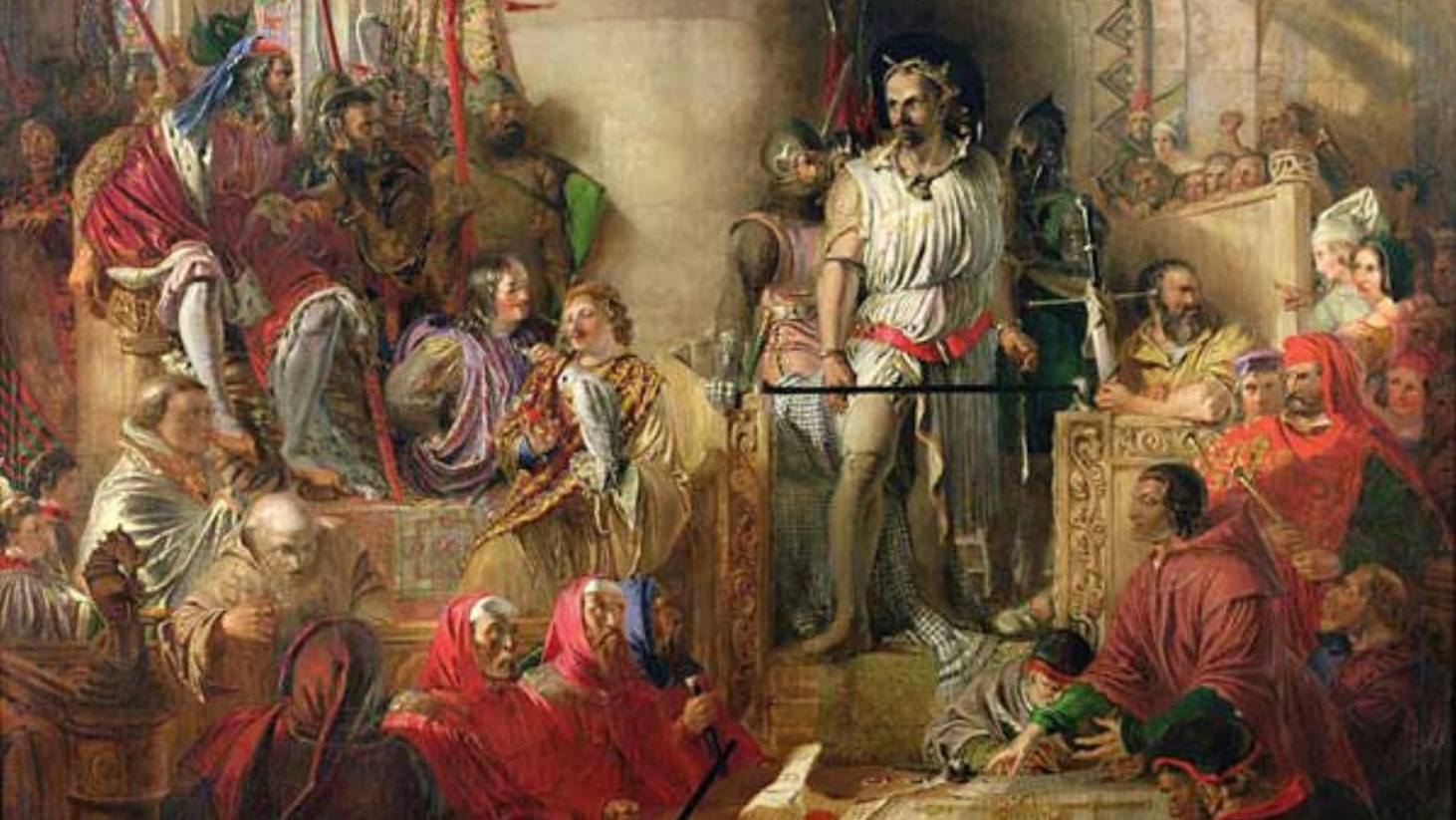
Source: Wikimedia Commons
Wallace defended himself by claiming he had never sworn allegiance to Edward, saying, “I can not be a traitor, for I owe him no allegiance. He is not my Sovereign; he never received my homage; and whilst life is in this persecuted body, he never shall receive it.” Despite his defense, he was found guilty and subjected to a brutal execution, intended to quash the spirit of Scottish resistance.
The Execution of Wallace
Wallace’s execution on August 23, 1305, was designed to be a spectacle of deterrence, featuring hanging, disembowelment, and quartering. His remains were displayed in various parts of England and Scotland as a warning to others.
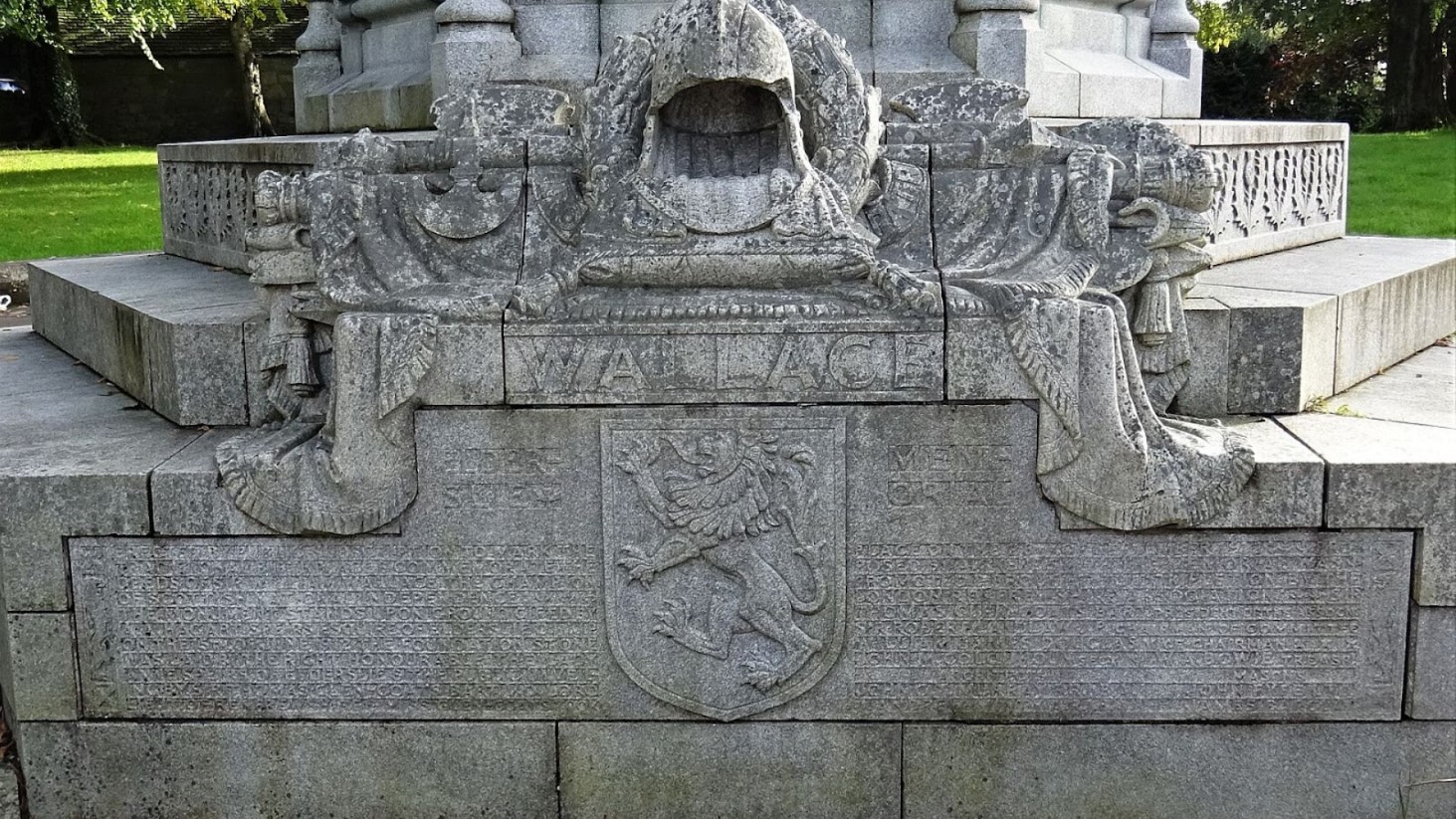
Source: Wikimedia Commons
However, this act of brutality had the opposite effect, galvanizing the Scottish resistance and immortalizing Wallace as a martyr for the cause of independence. His death became a rallying point for the Scottish people, inspiring further rebellion against English rule.
The Legacy of William Wallace
The Scotsman highlights that despite the passage of time, William Wallace’s legacy as a symbol of Scottish independence endures. His life and sacrifices have been memorialized in literature, film, and monuments, celebrating his role in Scotland’s history.
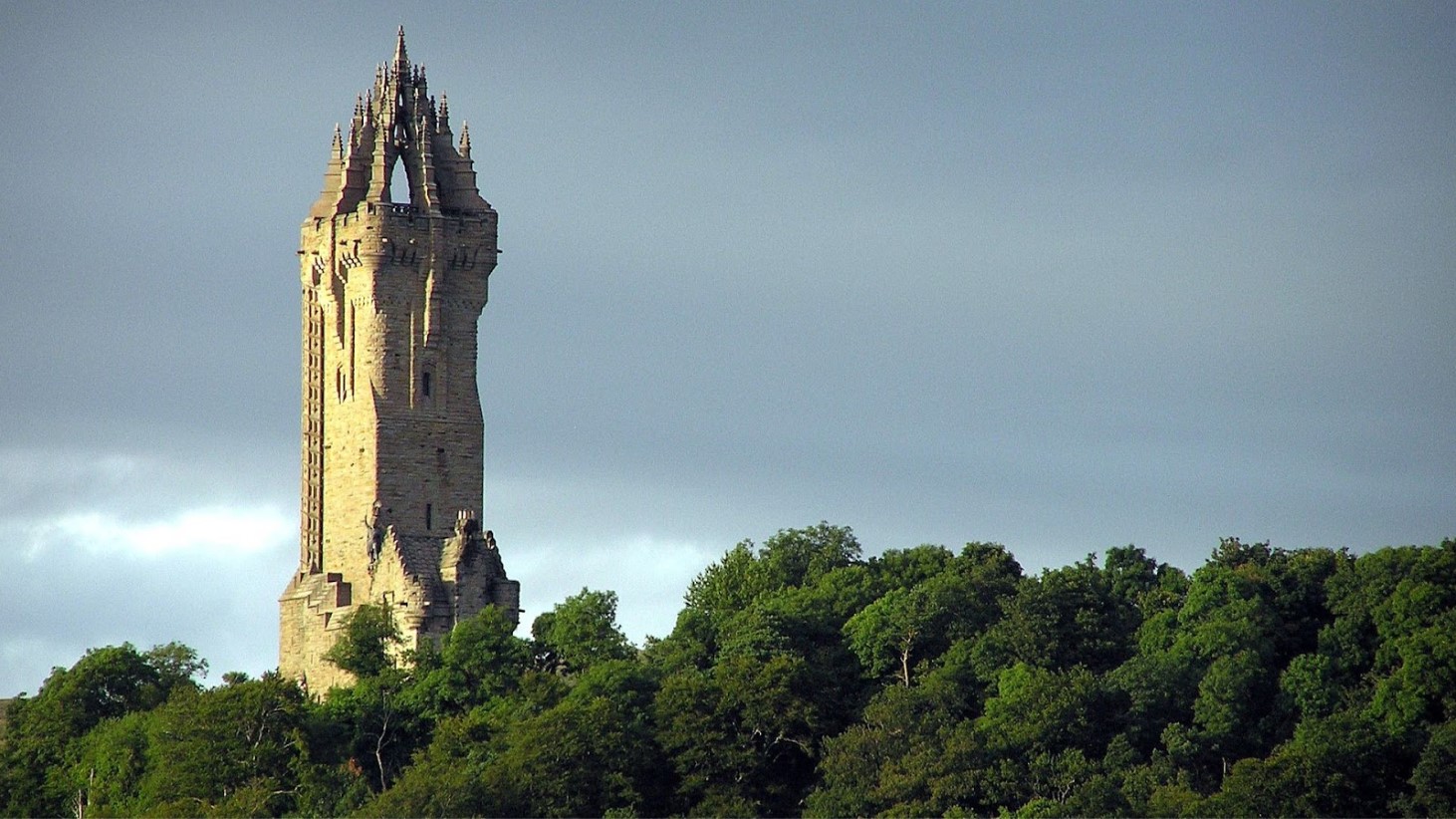
Source: Wikimedia Commons
The National Wallace Monument in Stirling stands as a testament to his enduring legacy, a reminder of the struggle for freedom and the price of resistance.
